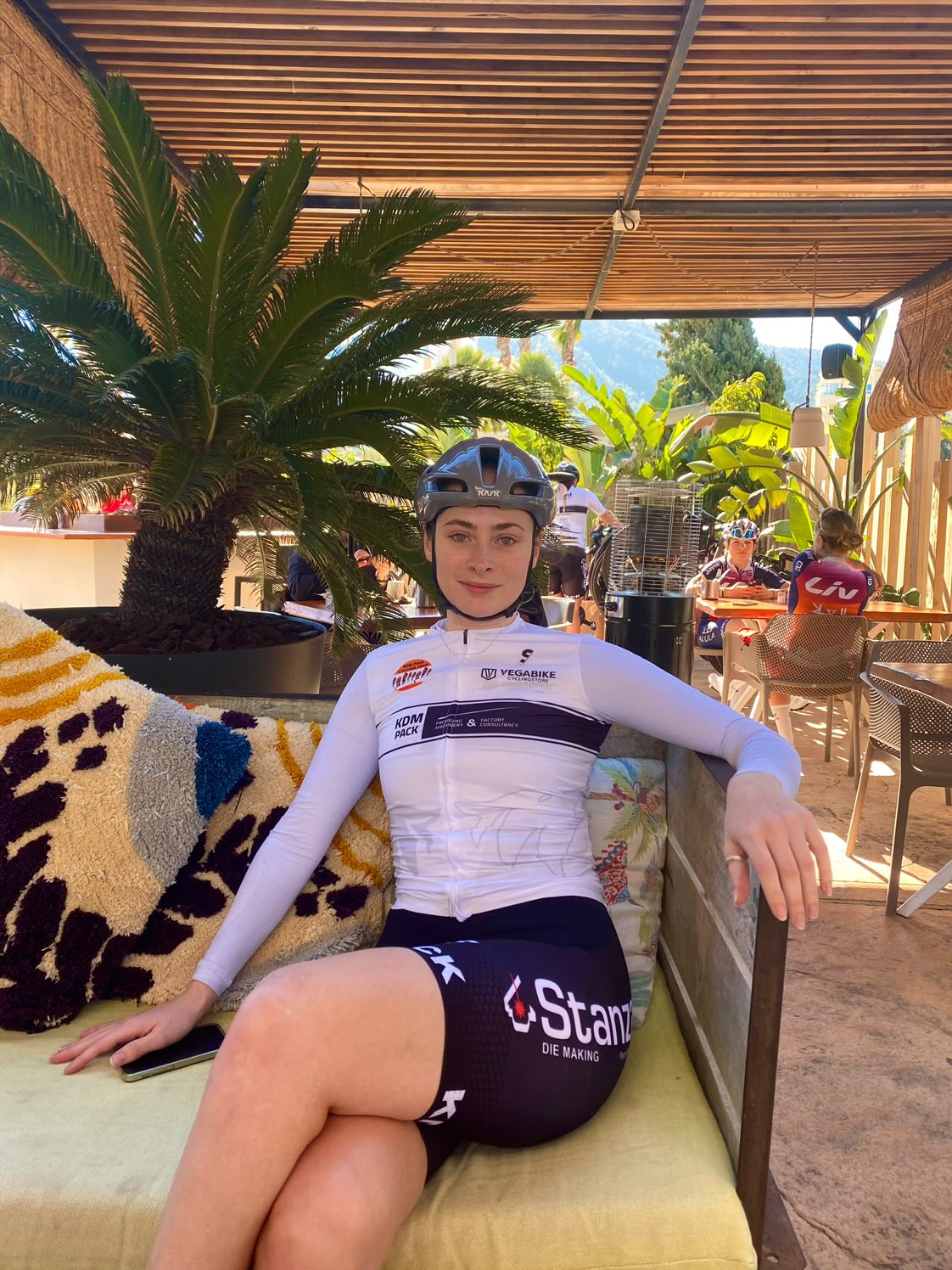The best chamois cream 2025 and how to use it
Why you need chamois cream, how to apply it, and some of the best options on the market
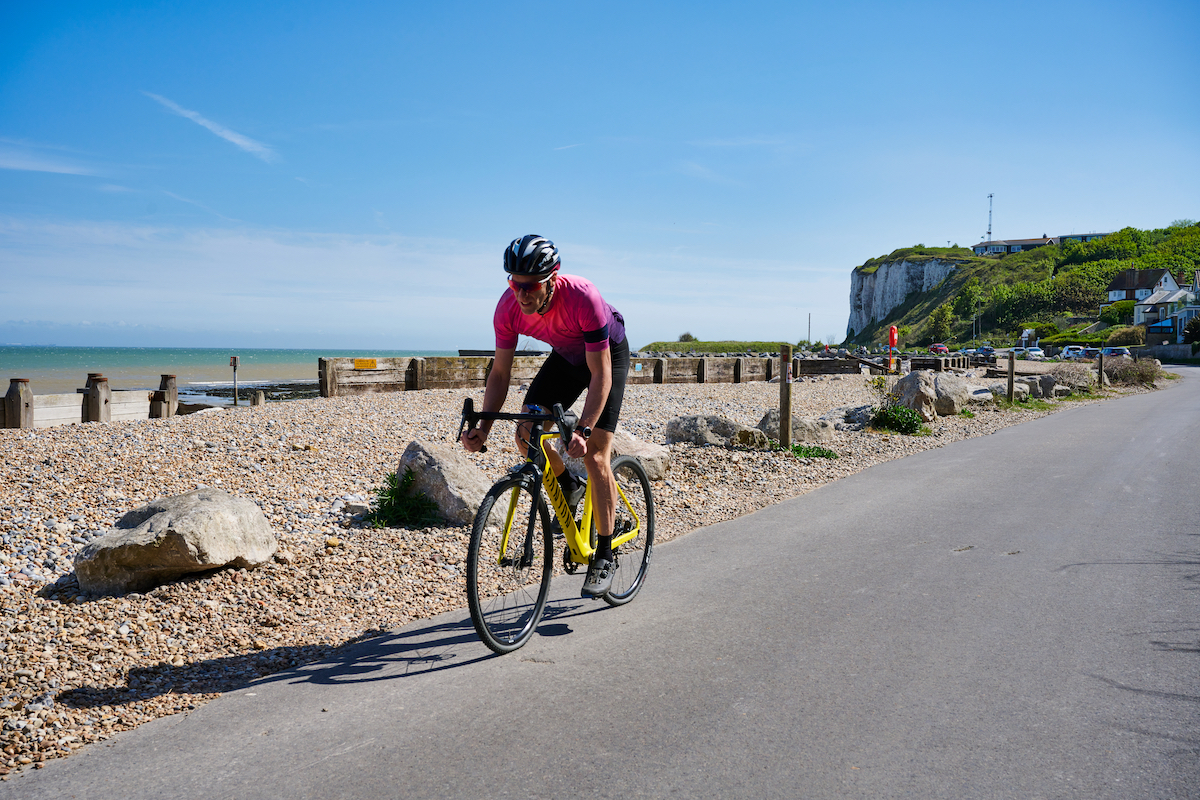

Sonny Evans
If you've heard fellow bikers talking about chamois or 'shammy' cream but have little idea how to use it or even what it is, you have found yourself – like a globule of said product being applied to a shorts insert – in the right place.
It may be a stranger right now but trust us, shammy cream is your friend. Short for chamois, the deerskin traditionally used as cycle shorts padding – 'shammy' cream minimises friction between your skin and your shorts while on the bike.
This can improve comfort even on short rides but is an absolute game-changer for activities such as indoor riding or long-distance events where saddle time can be prolonged or intense. Some of the more premium products also feature moisturising and anti-bacterial properties to enhance comfort and hygiene.
One of the quirks of these products is that even though real chamois is not used in shorts any more, they are almost always branded 'chamois' cream, while riders always refer to them as 'shammy' cream. But then, cycling has always been a sport of traditions.
In our experience, just about any chamois cream is better than none, but some are better than others and you will inevitably find that some suit you more than others. Cycling Weekly's team has tried, tested and selected the best chamois creams available on the market today.
The Quick List
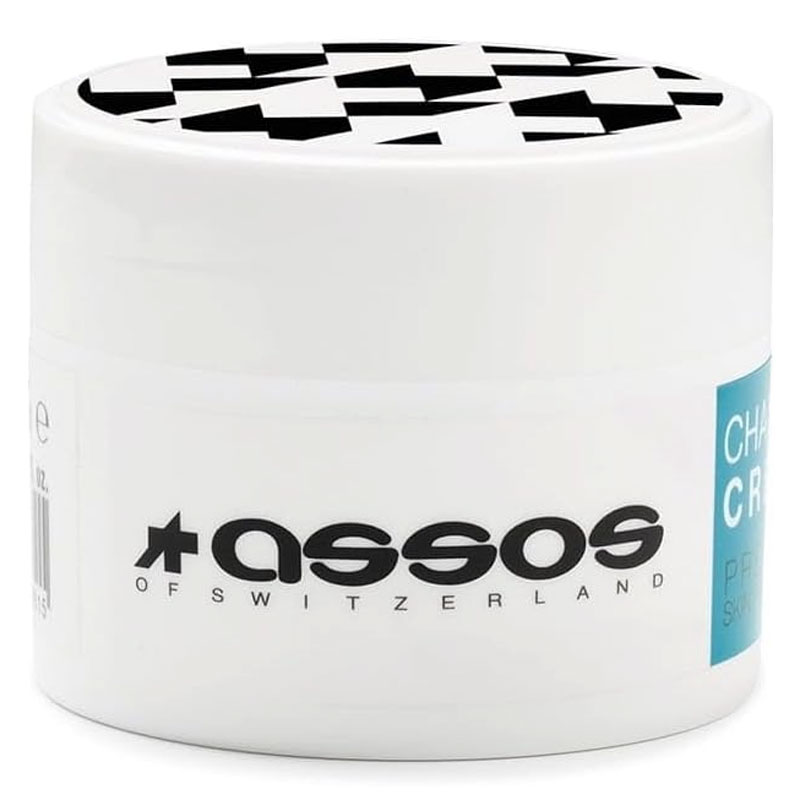
Best cooling sensation
If you’re having chaffing or feeling sore from riding lots you can’t go too far wrong with Assos Chamois Crème. Despite the initial chilling effect this cream will keep you comfortable on long rides and can be applied to your shorts or skin to great effect.
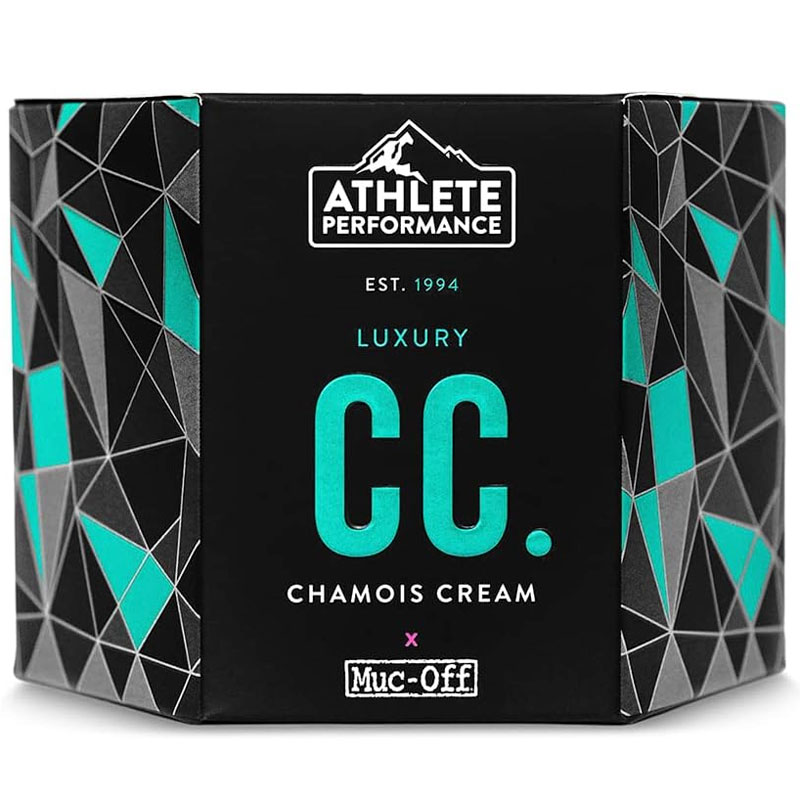
Best for moisturising skin
The Muc-Off chamois cream takes its 'luxury' name from the addition of a range of extras, such as Aloe Vera and Shea Butter, which really elevate the performance. These all condition skin, keeping you comfortable.
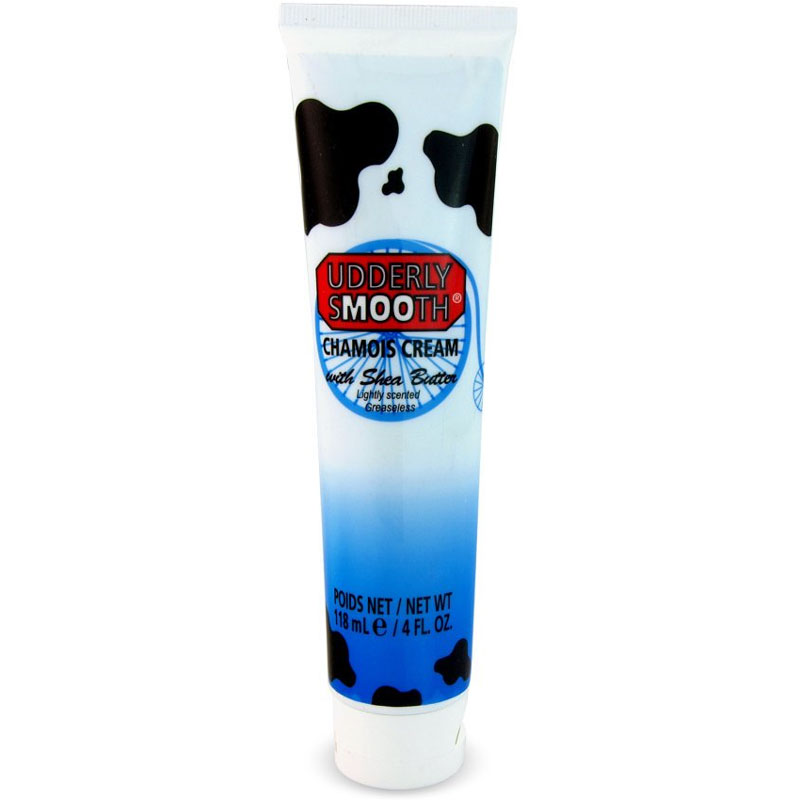
Best for no fuss comfort
If you want a fuss-free chamois cream then the Udderly Smooth option is well worth consideration. It comes with a slightly cheaper price point than competitors and has a lightly scented, anti-bacterial property to it.
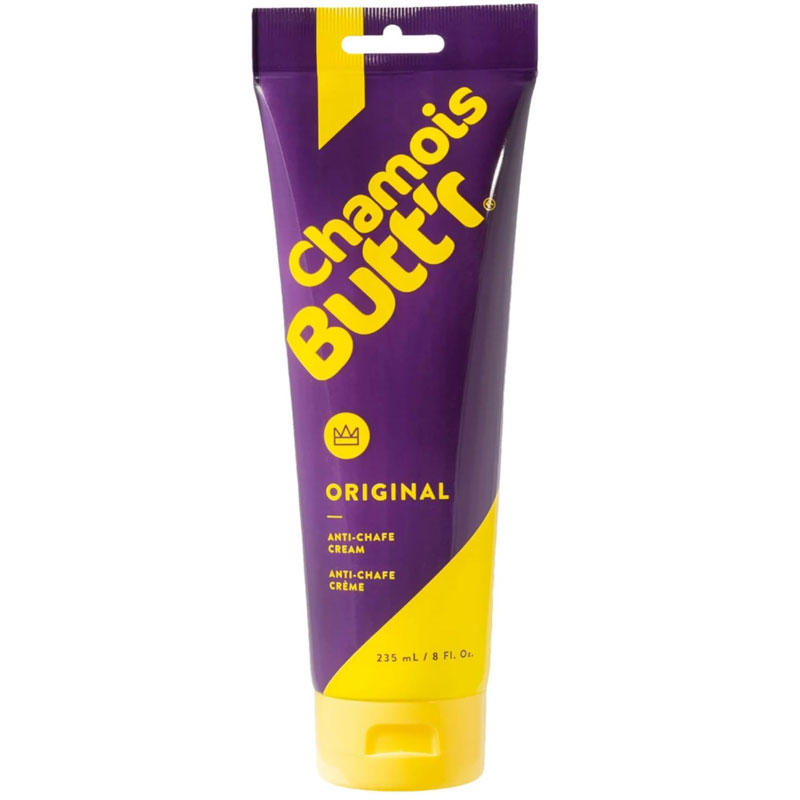
Best for different formulas
The Paceline Buttr softens and smooths skin as promised, but what differentiates it are the different formulas you can get, including a standard model and a 'Euro Style' formula which adds in Witch Hazel and Menthol.
Best chamois creams recommended by CW testers
Best for cooling sensation
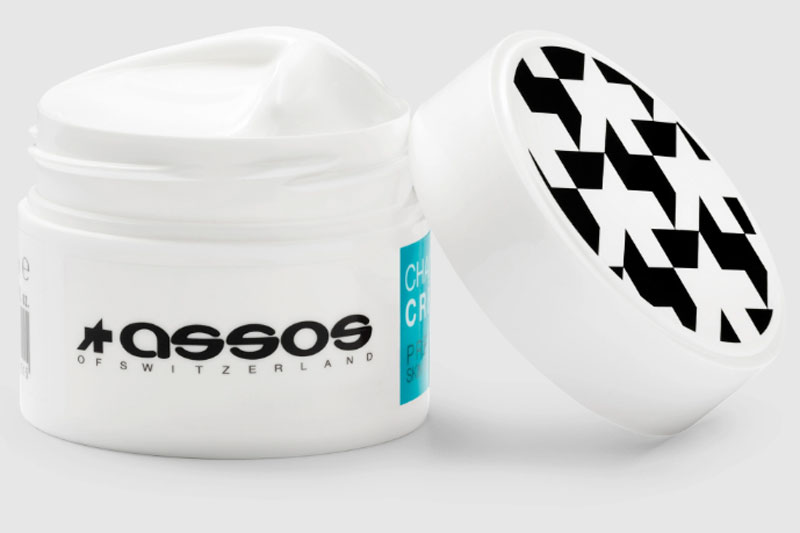
The Assos cream may be expensive but it's a firm favourite among our testers
Specifications
Reasons to buy
Reasons to avoid
Assos chamois cream is renowned among cyclists as being one of the best formulas, and our testers agreed. The cream reduces friction and has antibacterial properties, which help to avoid the dreaded saddle sores.
It's worth noting that it's well known for the cooling effect that it gives to the skin - some riders like this, others don't. One of our testers found that it wasn't a welcome sensation in the early miles of a chilly ride, but they got on well with it the rest of the time.
The other downside is the pot style. This does encourage the 'double dip', but this isn't a big issue as long as you use one scoop at a time, and don't share it with your friends!
Read more: Assos Chamois Crème full review
Best for moisturising skin
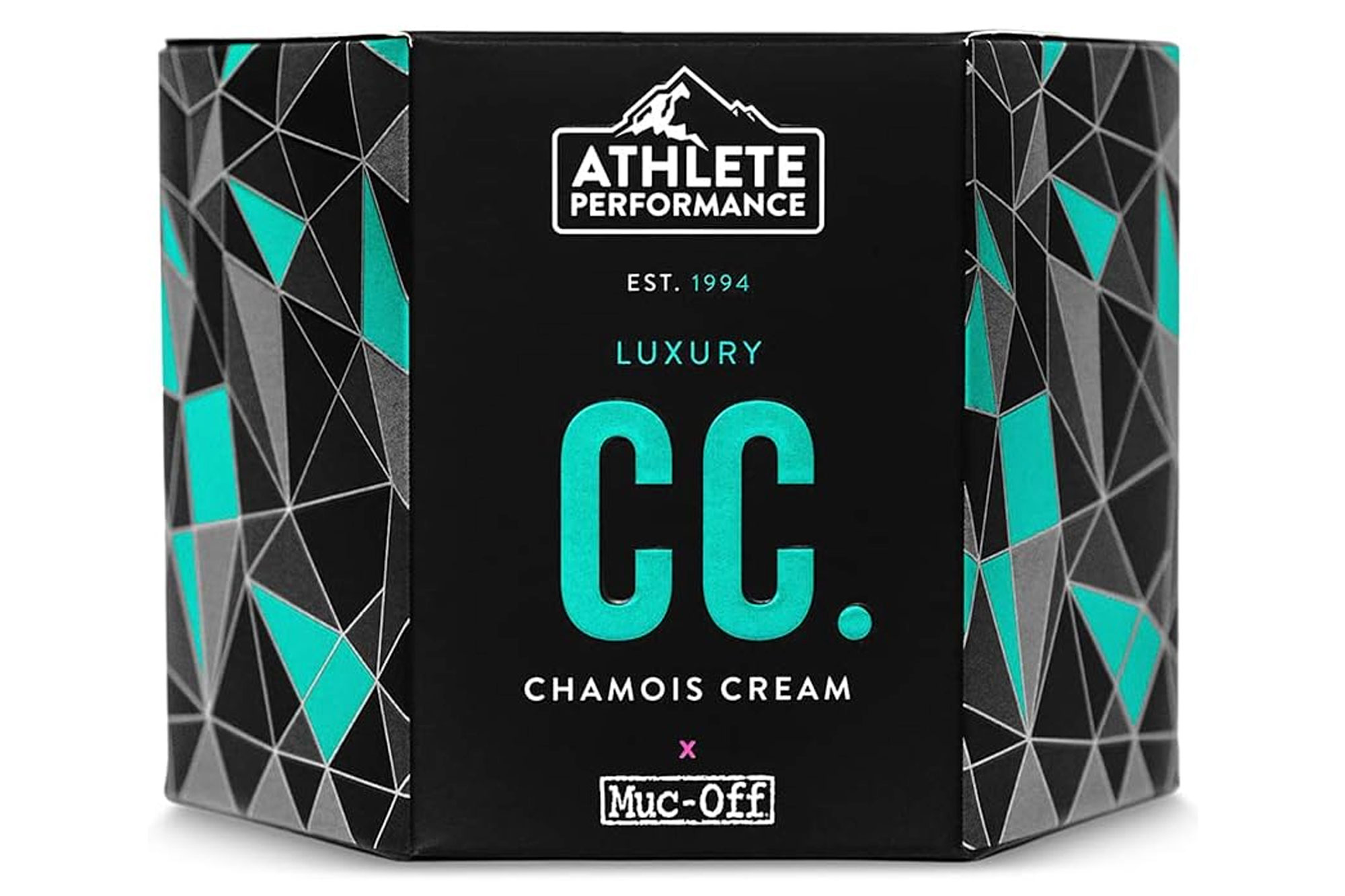
Muc-Off is better known for helping keep your bike clean but its chamois cream is worthy of consideration
2. Muc-Off Luxury Chamois Cream
Our expert review:
Specifications
Reasons to buy
Reasons to avoid
Muc-Off is better known for its bike cleaning formulas and tools, but some years ago it also entered the 'athlete care' market with a range of rather lovely lotions and potions. This chamois cream takes its 'luxury' name from the addition of a range of extras - including aloe vera, witch hazel, shea butter and sunflower oil. These all condition skin, keeping you comfortable.
This chamois cream does provide a mild cooling function - but we found it's not in any way jarring and certainly didn't make our tester feel chilly in the way the Assos cream did. It is antibacterial, to keep infections at bay.
Again, it comes in a tub - so it's best to dip once, and keep it to yourself - though, there are travel sachets available.
Best for no-fuss comfort
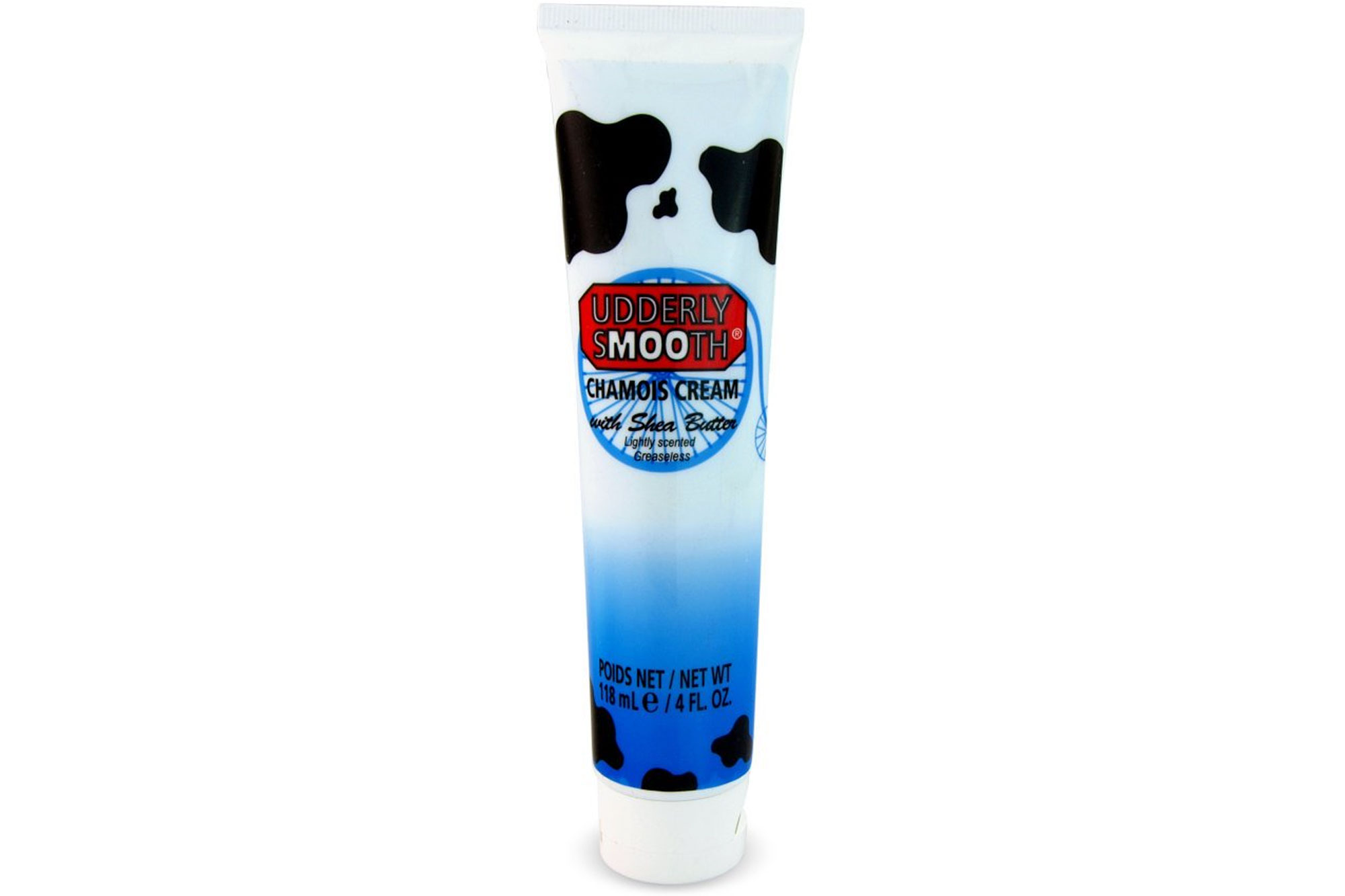
Udderly Smooth delivers 'no-fuss cooling comfort'
3. Udderly Smooth Chamois / Anti-Chafing Cream
Our expert review:
Specifications
Reasons to buy
Reasons to avoid
The Udderly Smooth Chamois/Anti Chafing cream comes in much cheaper than competitors, and it still has antibacterial properties to keep saddle sores at bay, along with shea butter which moisturises the skin.
It doesn't feature any sort of menthol or cooling aid – but some of our testers found that this was a preference.
The cream is lightly scented, but not in any way overpowering and didn't irritate any of our uses. Finally, it comes in a tube, which is a big plus for us. We found it easy to get just the right amount of cream, without any waste. In the past, the Udderly Smooth formula has not been quite as thick as those from the likes of Assos and Muc-Off, but the brand has now increased its thickness, which makes it easier to apply.
Best for different formulas
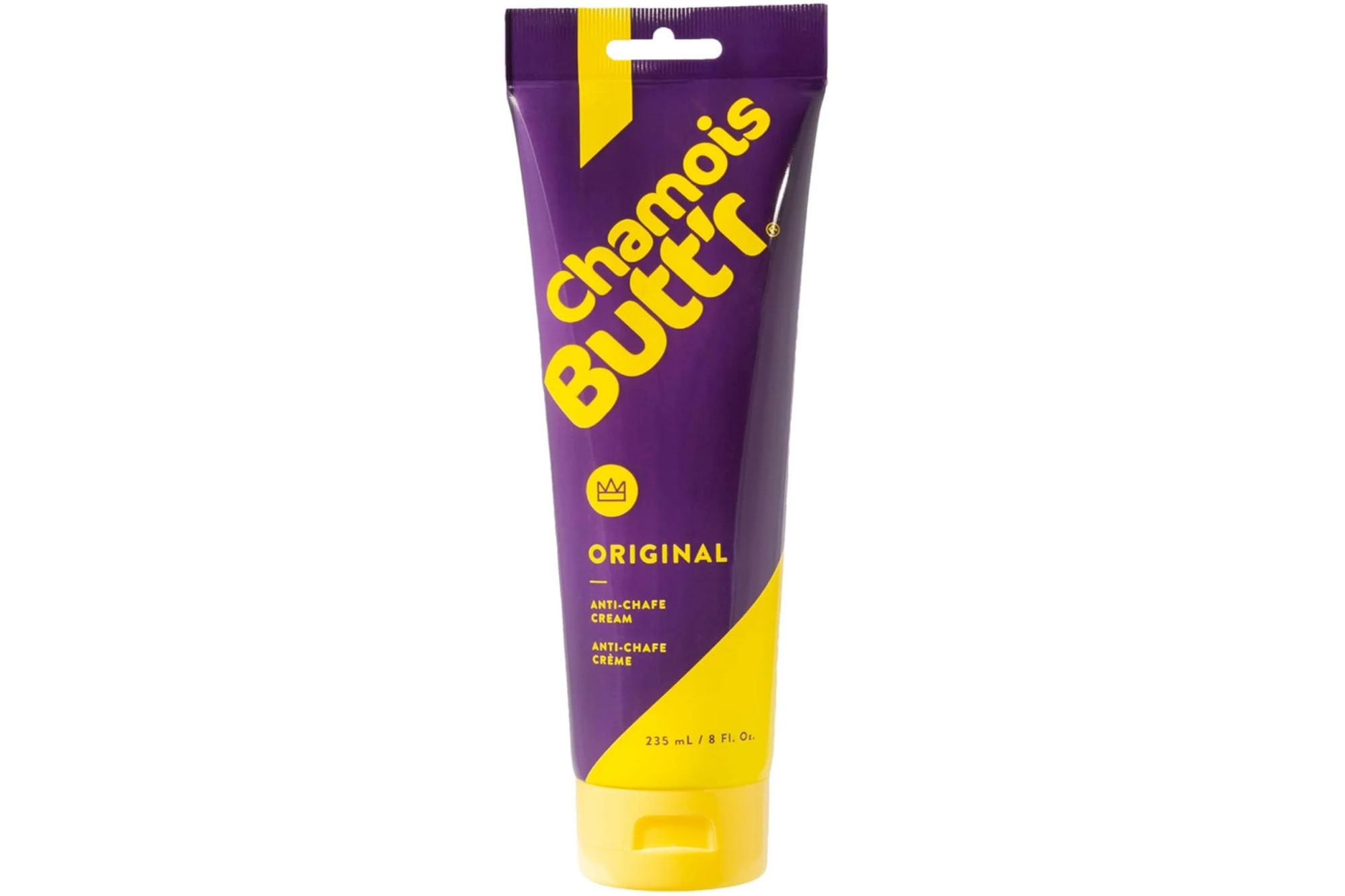
Paceline's Chamois Buttr is mild but effective
4. Paceline Products Chamois Buttr
Our expert review:
Specifications
Reasons to buy
Reasons to avoid
Chamois Butt'r from Paceline Products is a regular addition to sportive goody bags and from our experience, most riders seem to get on with it well. It softens and soothes skin and helps to avoid chafing, as promised.
We've recommended the 'standard' formula, which doesn't come with any promises of cooling. The brand does offer a 'Euro Style' formula, which adds in witch hazel and menthol, giving that freshening effect which is so 'marmite' among riders.
There is also a women's specific version, which aims to cater for "women’s more neutral skin pH" – however, neither of our two female testers have had issues with the unisex formulas, so whilst nice to have this isn't a product we feel is a 'must have' for women, based on our experience.
FAQs
What is a chamois?
First and foremost, let's start off with the basics. What actually is a chamois? A chamois (often pronounced shammy and also called a seat pad) is a synthetic padded insert that is sewn into your bib shorts or bib tights; it is strategically placed to support and protect your delicate undercarriage while riding.
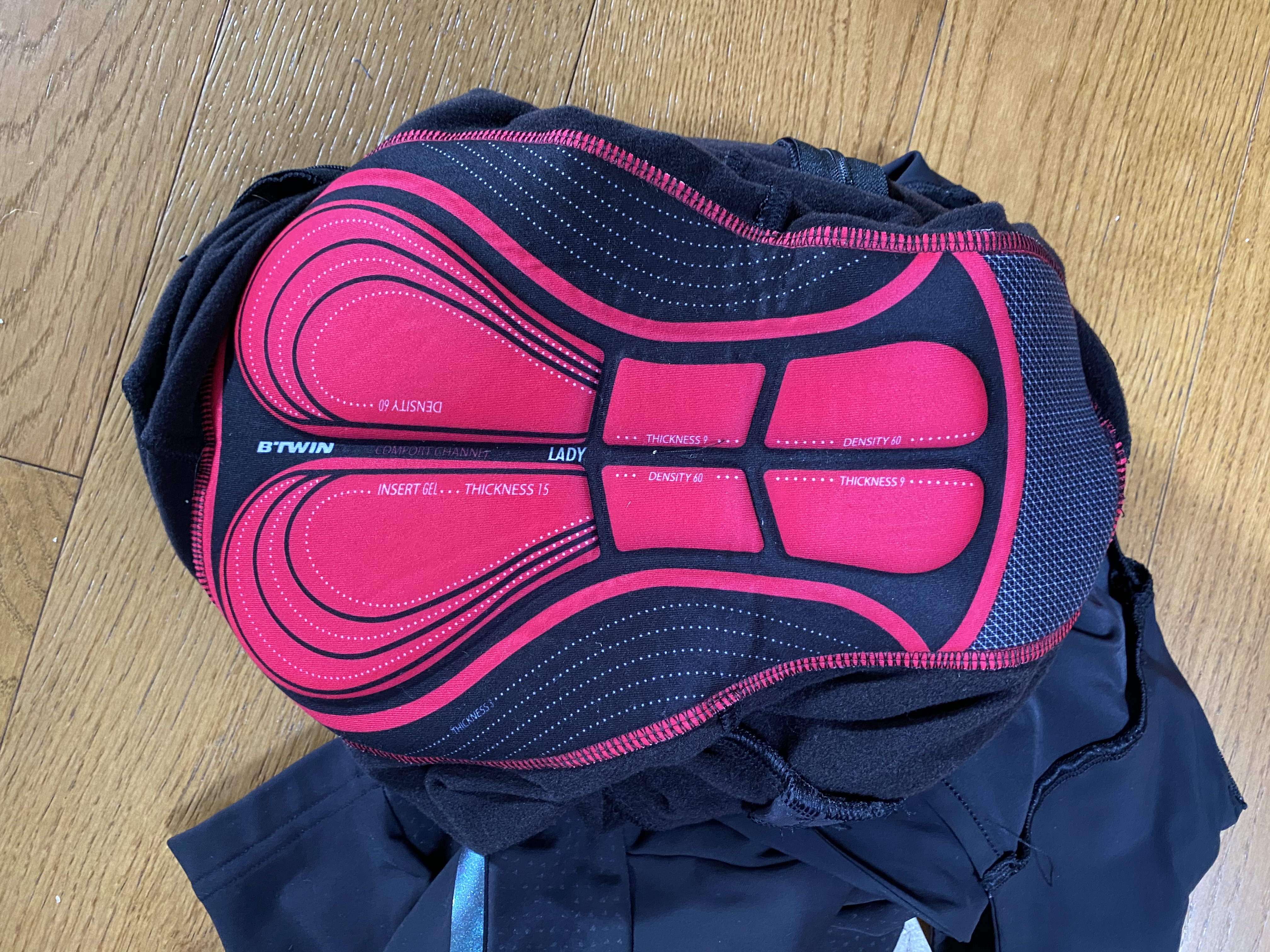
You may notice chamois come in all different shapes and sizes depending on the rider's individual needs. However, the original chamois within cycling shorts for men (and cycling shorts for women, once the industry saw fit to manufacture them) were actually made of leather from a chamois goat, not the antibacterial synthetics you see fitted today.
But, subsequent to the constant washing of the old school leather pad, the insert would become tough and uncomfortable after a while. Thus, chamois cream was created to help soften the pad and improve upon comfort. Now that the pads have moved on, people still use chamois cream as it carries many benefits.
What are the benefits of chamois cream?
Arguably the biggest benefit to using chamois cream is the anti-chafing support it offers. The cream works by creating a barrier between your skin and any areas that may chafe, therefore reducing friction.
This is important because chafing can lead to very sore and swollen skin. In some cases, this can even escalate into abscesses and saddle sores. Unfortunately, when it gets to this point, you will need time off of the bike and potential medical assistance.
Chamois cream will usually also have anti-bacterial properties which may help prevent saddle sores developing or getting severe.
Should you always use chamois cream?
Although chamois cream is a really great tool to prevent chafing while riding, not everyone uses chamois cream nor is it always needed.
For example, on shorter rides (anything around an hour or so) you most likely will be fine without dipping into a pot. Alternatively, if you are heading out for a day-long exploration then a liberal application of chamois cream is definitely recommended.
Similarly, if you are racing back-to-back days, such as during a stage race, chamois cream may be your best friend in keeping you comfortable in the saddle, or even just getting you to the start line.
How much chamois cream should you use?
Knowing how much product to use can make a huge difference for your comfort levels and overall experience while cycling. Therefore, ensuring that you get this right based around your own personal needs is really important.
However, the amount needed will differ vastly depending on the individual. This being said, you may need to apply a little more product if you are planning a particularly long ride, whereas you may not need any at all on shorter rides.
The same can be said for those who race: if you are competing in a stage race, it’s a good idea to protect yourself early doors against any friction that may occur. This is because, once the skin is damaged it’s hard to recover and heal without taking a day off the bike.
In general however, roughly around one scoop using two fingers (a highly accurate measurement) should be enough to cover most friction-prone areas. But this will largely be a trial and error process, as everyone's needs of course differ.
Where do you apply chamois cream?
It’s safe to say that there are often misconceptions as well as confusion over where chamois cream should be applied. With the old school leather chamois, the cream was best applied directly to the chamois.
This method of application can still be a great one to use. However, many people opt for applying directly to the problem areas once they have their kit on.
But, please remember the golden rule when it comes to chamois cream application: don’t lock eyes with anyone while you apply it. It’s highly creepy and somewhat unnerving.
Therefore, you should ideally apply it before you leave your house. But if you absolutely must do it in a semi-public place, remember to just awkwardly stare at the ground to avoid any uncomfortable exchanges.
What should I look out for when buying chamois cream?
One of the biggest things to consider when selecting the best chamois cream for you is whether or not you want the product to include the ingredient menthol.
Menthol produces a cool sensation in your nether regions once applied. But nonetheless, it can be a great added ingredient for chamois cream thanks to its numbing properties, therefore helping to relieve any soreness and pain that you may be experiencing in the saddle.
On the other hand, this numbing feeling won’t suit everybody. It also goes without saying, but if you are allergic to menthol, any chamois creams with this added ingredient will be a no-go for you. The same can be said for any other ingredients used, so please make sure you read the label beforehand.
Another important thing to consider is the container your chamois cream comes in. This is mainly due to hygiene reasons: pots are a useful shape but bottled/tubed chamois cream that can be squeezed out rather than dipped into are better for preventing double dipping and therefore contamination.
Conveniently, some brands now also sell small sachets of chamois cream. These are a really brilliant size to pop into your bar bag or pocket for big days out when a top-up may be gratefully received. They also cannot be double dipped, which is great from a hygienic perspective.
Can you use Vaseline or Sudocreme instead of chamois cream?
The aim of chamois cream is to reduce the friction or chafing between your cycling shorts and your skin. If you've come from a running background, you will probably be familiar with applying Vaseline or equivalent to areas prone to rubbing when in contact with fabric.
While this will create a great barrier and lubricant to reduce friction, it doesn't have any antibacterial properties to keep bacteria at bay and doesn't let your skin sweat, so it may cause more problems than it solves.
Sudocreme will have some barrier protection, as many parents will testify when helping babies with diaper / nappy rash, but it's not as lubricating to ward off chaffing that can occur with an endurance ride.
All of the best chamois creams will contain the perfect blend of both lubrication and anti-bacterial properties to help prevent chafing and infections.
How we test
We have a dedicated team of testers here at Cycling Weekly, whose job is to review a whole range of cycling products and to write objective reviews of their experience of using them day in day out in a whole range of conditions.
With huge experience, they're really well placed to compare products, identify their strengths and weaknesses and bring you an honest, unbiased assessment of how they perform.
When it comes to testing chamois cream, there's no substitute for time spent in the saddle. Our recommendations come from hours of riding, with our testers assessing the cream for lubrication and anti-bacterial properties as well as factors such as ease of use and value for money.
Article last checked and updated May 2025
The latest race content, interviews, features, reviews and expert buying guides, direct to your inbox!
Charlotte Broughton is a British rider, racing for the KDM-Pack women’s cycling team. An accomplished writer, she is a regular on the pages of Cycling Weekly magazine.
- Sonny EvansWriter
